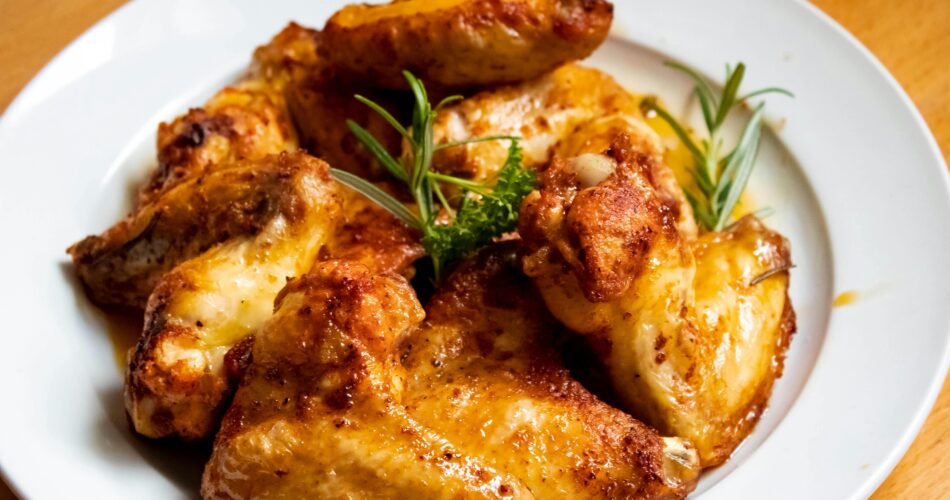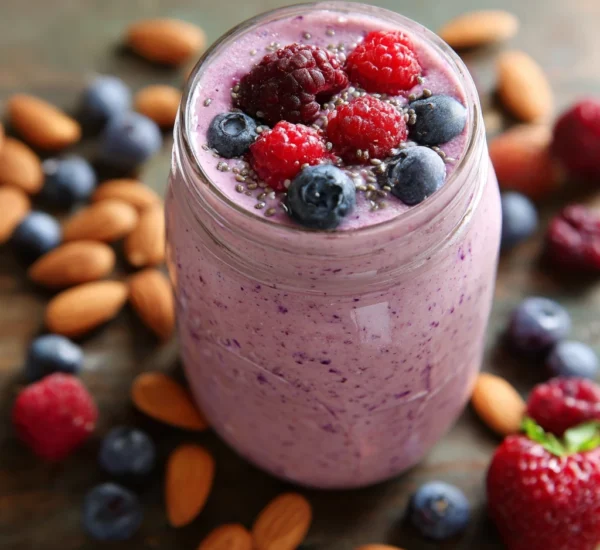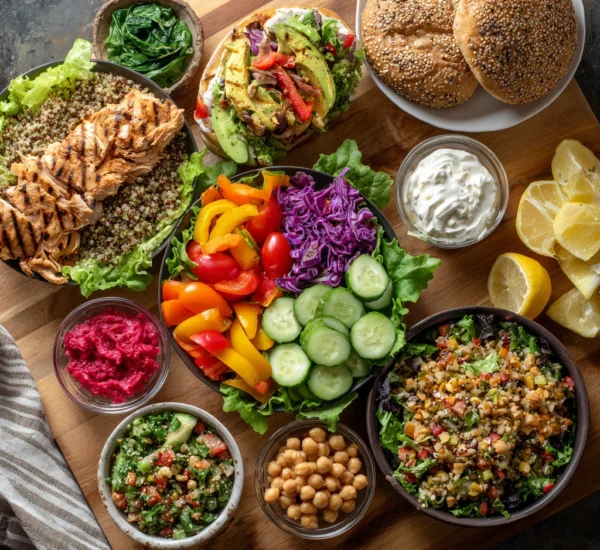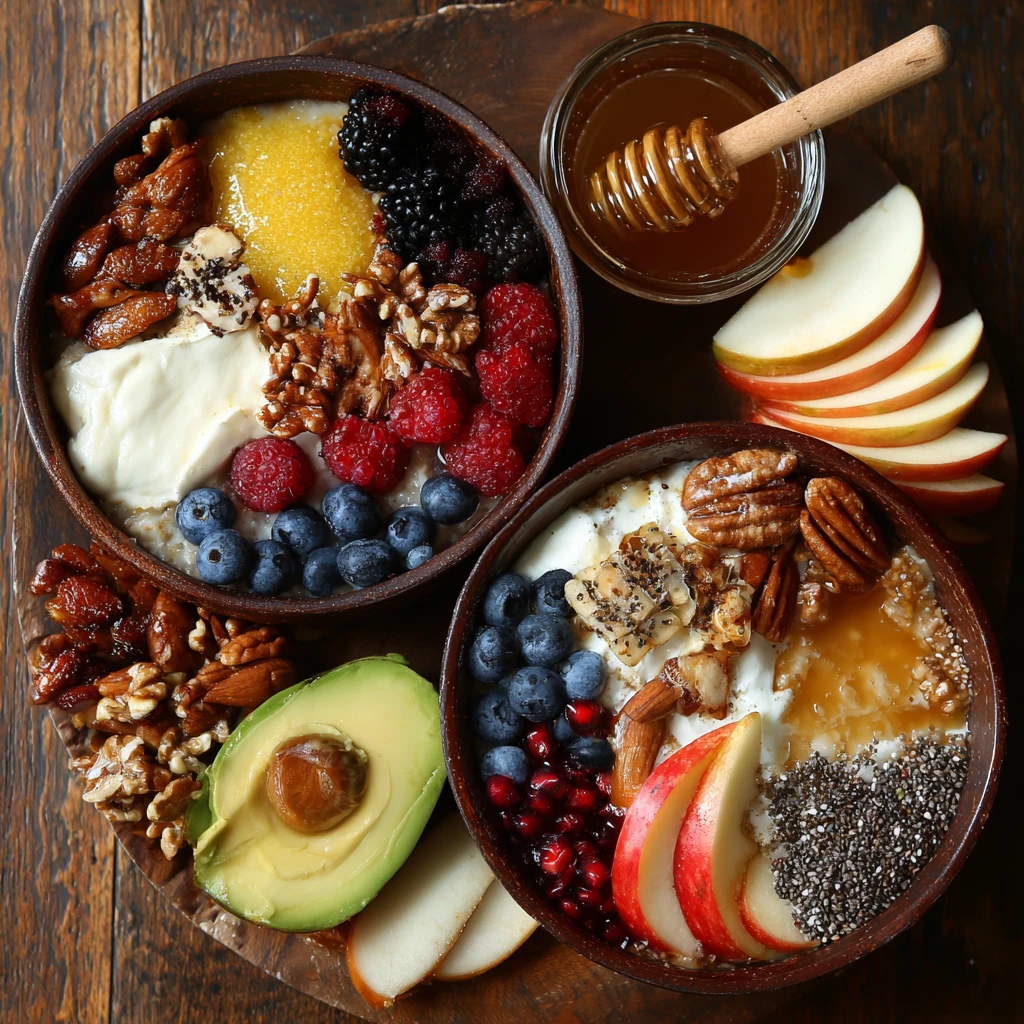Chicken stir fry is a weeknight dinner champion. Quick, healthy, and endlessly customizable, it’s a dish that’s equally satisfying for a novice cook and a seasoned chef. This guide will walk you through every step, from choosing the right ingredients to mastering the wok.
Section 1: Unlocking the Secrets of a Perfect Chicken Stir Fry

The key to a truly exceptional chicken stir fry lies in understanding the foundational principles. It’s not just about tossing ingredients into a pan; it’s about technique, preparation, and balancing flavors.
Choosing the Right Chicken
The cut of chicken you choose significantly impacts the final result. Boneless, skinless chicken breasts are a popular choice due to their leanness and availability. However, chicken thighs, while slightly higher in fat, offer a richer flavor and remain more tender during high-heat cooking. Cut the chicken into uniform, bite-sized pieces, about 1-inch cubes. This ensures even cooking and prevents some pieces from drying out while others remain undercooked.
Mastering the Marinade
A marinade isn’t just about adding flavor; it tenderizes the chicken and helps it achieve that desirable browned exterior. A simple marinade of soy sauce, rice vinegar, ginger, garlic, and a touch of cornstarch works wonders. Soy sauce provides umami and saltiness, rice vinegar adds brightness, ginger and garlic contribute aromatic depth, and cornstarch creates a protective coating that promotes browning. Marinate the chicken for at least 30 minutes, or up to overnight in the refrigerator, for optimal flavor penetration.
Selecting Your Vegetables
The beauty of stir fry lies in its versatility when it comes to vegetables. Popular choices include broccoli, bell peppers, snap peas, carrots, mushrooms, and onions. Aim for a variety of colors and textures for a visually appealing and nutritionally balanced dish. Cut your vegetables into similar sizes, ensuring they cook evenly. Consider the cooking time of each vegetable; harder vegetables like carrots should be added earlier than softer ones like mushrooms.
Essential Sauces and Seasonings
The sauce is the soul of any stir fry. While pre-made sauces are convenient, crafting your own allows you to control the flavor profile and avoid excessive sodium and sugar. A base of soy sauce, oyster sauce (optional), hoisin sauce, rice vinegar, sesame oil, and a touch of sugar creates a balanced and flavorful sauce. Adjust the ratios to your liking – more hoisin for sweetness, more soy sauce for saltiness, and more rice vinegar for tanginess. Add a pinch of red pepper flakes for a touch of heat. Freshly grated ginger and minced garlic are also crucial for adding aromatic complexity.
Section 2: Stir-Frying Like a Pro: Techniques and Tips
The art of stir-frying involves more than just tossing ingredients around in a pan. It’s about understanding heat management, timing, and technique to achieve perfectly cooked ingredients with that signature wok hei (wok breath) flavor.
Wok vs. Skillet: Choosing Your Weapon
While a wok is the ideal vessel for stir-frying due to its sloped sides and ability to distribute heat evenly, a large, heavy-bottomed skillet can also work well. The key is to ensure that your pan is large enough to accommodate all the ingredients without overcrowding, which can lower the temperature and lead to steaming instead of stir-frying.
The Importance of High Heat
Stir-frying is a high-heat cooking method. The goal is to quickly cook the ingredients while preserving their crispness and preventing them from becoming soggy. Ensure your pan is screaming hot before adding any ingredients. A properly heated pan will cause a drop of water to immediately sizzle and evaporate.
The Stir-Fry Sequence: Adding Ingredients Strategically
Adding ingredients in the correct order is crucial for ensuring even cooking. Start with aromatics like ginger and garlic, followed by the protein (chicken), then the vegetables, and finally the sauce. Add vegetables that require longer cooking times first, followed by those that cook more quickly.
The Art of the Toss: Mastering the Stir-Fry Motion
The classic stir-fry motion involves using a spatula or wok shovel to continuously toss and flip the ingredients. This ensures that all sides of the ingredients come into contact with the hot surface of the pan, promoting even cooking and browning. If using a skillet, you may need to use two utensils to effectively toss the ingredients.
Avoiding Overcrowding: The Key to Crispy Vegetables
Overcrowding the pan is a common mistake that can lead to soggy vegetables. If you’re cooking a large batch, it’s best to stir-fry in smaller portions. This allows the pan to maintain its high temperature and prevents the ingredients from steaming.
Section 3: Elevate Your Chicken Stir Fry: Creative Variations and Flavor Combinations
Once you’ve mastered the basics, it’s time to experiment and explore different flavor combinations. Chicken stir fry is a blank canvas for culinary creativity.
Spicy Szechuan Stir Fry: A Fiery Kick
For those who crave heat, a Szechuan-inspired stir fry is a must-try. Add Szechuan peppercorns, dried chilies, and chili bean paste to your sauce for a fiery and numbing sensation. Include vegetables like bell peppers, onions, and celery for a classic Szechuan flavor profile.
Peanut Chicken Stir Fry: Nutty and Savory
Peanut butter adds a creamy, nutty richness to stir fry. Combine peanut butter with soy sauce, honey, rice vinegar, and a touch of sesame oil for a delicious and unique sauce. Add chopped peanuts as a garnish for extra crunch and flavor.
Teriyaki Chicken Stir Fry: Sweet and Tangy
Teriyaki sauce provides a sweet and tangy glaze that’s perfect for chicken stir fry. You can use store-bought teriyaki sauce or make your own by combining soy sauce, mirin, sake, sugar, and ginger. Serve with steamed broccoli and rice for a classic Japanese-inspired meal.
Lemon Garlic Chicken Stir Fry: Bright and Zesty
Lemon juice and garlic create a bright and zesty flavor that complements chicken and vegetables perfectly. Sauté minced garlic in olive oil until fragrant, then add lemon juice, chicken broth, and a touch of honey. Toss with cooked chicken and vegetables for a light and refreshing stir fry.
Adding Noodles or Rice: Transforming Your Stir Fry into a Complete Meal
Stir fry is delicious on its own, but it can also be transformed into a complete meal by adding noodles or rice. Lo mein noodles, rice noodles, or egg noodles are all excellent choices. Cook the noodles according to package directions, then toss them with the stir-fried chicken and vegetables. Alternatively, serve the stir fry over a bed of steamed rice or brown rice.
Section 4: Healthier Choices: Making Your Stir Fry Nutritious
Stir fry can be a healthy and nutritious meal option when prepared with the right ingredients and techniques. Here’s how to make your chicken stir fry even healthier:
Opt for Lean Protein
Choose lean cuts of chicken, such as boneless, skinless chicken breasts, to reduce your intake of saturated fat. Trim off any visible fat before cooking.
Load Up on Vegetables
Fill your stir fry with a variety of colorful vegetables to boost your intake of vitamins, minerals, and fiber. Include vegetables like broccoli, bell peppers, carrots, snap peas, and mushrooms.
Choose Healthy Oils
Use healthy oils like olive oil, avocado oil, or sesame oil in moderation. These oils are rich in monounsaturated and polyunsaturated fats, which are beneficial for heart health.
Control Your Sodium Intake
Soy sauce and oyster sauce can be high in sodium. Use low-sodium versions or reduce the amount you use. Experiment with other flavor enhancers like rice vinegar, ginger, garlic, and herbs.
Add Whole Grains
Serve your stir fry with brown rice, quinoa, or whole-wheat noodles for a boost of fiber and nutrients. These whole grains will help you feel fuller and more satisfied.
Mindful Portion Control
Be mindful of your portion sizes to avoid overeating. Serve your stir fry in a reasonable-sized bowl or plate and avoid going back for seconds.
Section 5: Troubleshooting and Expert Tips
Even with the best intentions, things can sometimes go wrong in the kitchen. Here are some common stir-fry problems and how to fix them:
Soggy Vegetables: How to Avoid the Mush
- Problem: Vegetables are soggy instead of crisp-tender.
- Solution: Ensure your pan is hot enough. Cook vegetables in smaller batches. Don’t overcrowd the pan. Add vegetables that require longer cooking times first.
Bland Stir Fry: Boosting the Flavor
- Problem: The stir fry lacks flavor.
- Solution: Taste and adjust the sauce. Add more soy sauce, hoisin sauce, or rice vinegar to balance the flavors. Fresh ginger and garlic are essential. Don’t be afraid to experiment with different spices and seasonings.
Dry Chicken: Keeping It Juicy
- Problem: The chicken is dry and overcooked.
- Solution: Marinate the chicken for at least 30 minutes. Cut the chicken into uniform pieces. Don’t overcook the chicken. Remove it from the pan as soon as it’s cooked through.
Sticky Noodles: Preventing Clumping
- Problem: The noodles are sticking together.
- Solution: Rinse cooked noodles with cold water to remove excess starch. Toss the noodles with a little oil before adding them to the stir fry. Don’t overcook the noodles.
Sauce Too Thick or Too Thin: Adjusting the Consistency
- Problem: The sauce is too thick or too thin.
- Solution: If the sauce is too thick, add a little water or chicken broth. If the sauce is too thin, simmer it for a few minutes to reduce it. A cornstarch slurry (cornstarch mixed with cold water) can also be used to thicken the sauce.
Expert Tip: Blanching Vegetables
For vegetables that require longer cooking times, such as broccoli or carrots, consider blanching them briefly before adding them to the stir fry. This will help them cook more evenly and retain their color and texture. Blanch the vegetables by plunging them into boiling water for 1-2 minutes, then immediately transferring them to an ice bath to stop the cooking process.
Expert Tip: Mise en Place is Key
“Mise en place,” which translates to “everything in its place,” is a crucial concept in professional cooking. Before you start stir-frying, prepare all your ingredients: chop the vegetables, marinate the chicken, and measure out the sauce. This will streamline the cooking process and prevent you from scrambling to find ingredients while your food is burning.
Frequently Asked Questions (FAQ)
Can I use frozen vegetables in stir fry?
Yes, you can use frozen vegetables. However, keep in mind that they may release more moisture than fresh vegetables, so you may need to adjust the cooking time accordingly. Thaw the vegetables slightly before adding them to the stir fry to prevent them from lowering the temperature of the pan too much.
What kind of oil is best for stir frying?
Oils with a high smoke point are best for stir frying. Peanut oil, canola oil, and vegetable oil are all good choices. Avoid using olive oil, as it has a lower smoke point and can burn at high temperatures.
How long does chicken stir fry last in the refrigerator?
Chicken stir fry can be stored in the refrigerator for up to 3-4 days. Make sure to store it in an airtight container to prevent it from drying out. Reheat the stir fry in a skillet or microwave until heated through.
Can I make chicken stir fry ahead of time?
You can prepare some components of the stir fry ahead of time, such as chopping the vegetables and marinating the chicken. However, it’s best to cook the stir fry just before serving to ensure that the vegetables are crisp and the chicken is tender.
What is oyster sauce, and can I substitute it?
Oyster sauce is a thick, brown sauce made from oyster extracts, sugar, salt, and cornstarch. It adds a savory, umami flavor to stir fries. If you don’t have oyster sauce, you can substitute it with hoisin sauce or a mixture of soy sauce and a touch of sugar.
How do I prevent my stir fry from sticking to the pan?
Ensure your pan is hot enough before adding any ingredients. Use enough oil to coat the bottom of the pan. Don’t overcrowd the pan. Use a non-stick pan or a well-seasoned wok. Continuously stir and toss the ingredients to prevent them from sticking.
Can I add fruit to my chicken stir fry?
Yes, you can add fruit to your chicken stir fry for a touch of sweetness and acidity. Pineapple, mango, and orange segments are all popular choices. Add the fruit towards the end of the cooking process to prevent it from becoming too soft.
What are some good vegetarian stir fry options?
Tofu, tempeh, and seitan are all excellent vegetarian protein options for stir fry. You can also add a variety of vegetables, such as broccoli, bell peppers, carrots, mushrooms, and snap peas. Use a vegetarian oyster sauce substitute or a mixture of soy sauce and mushroom broth for a savory flavor.



